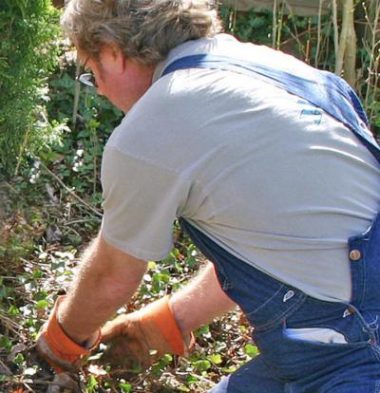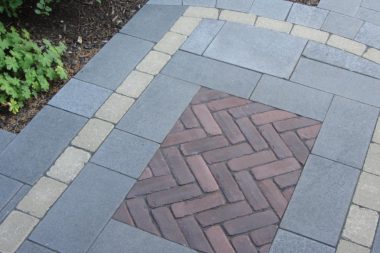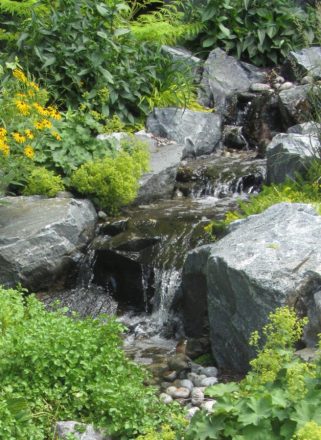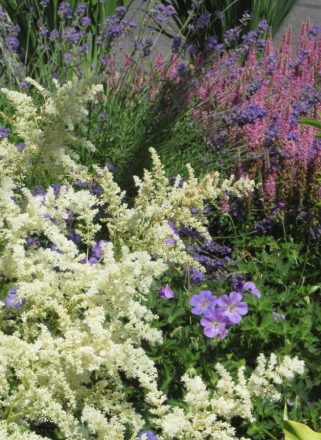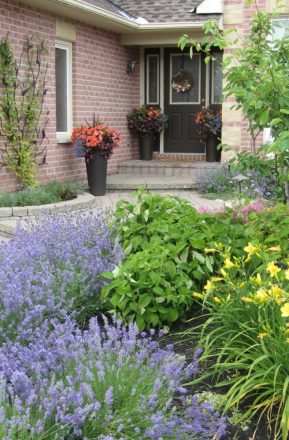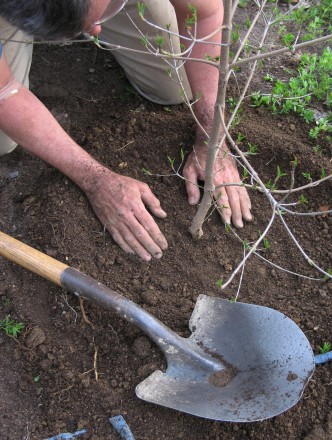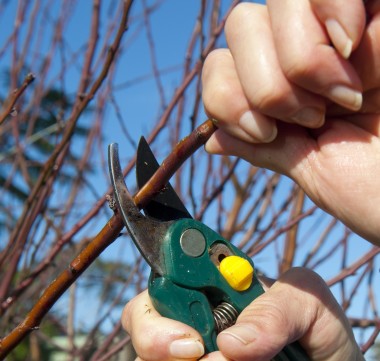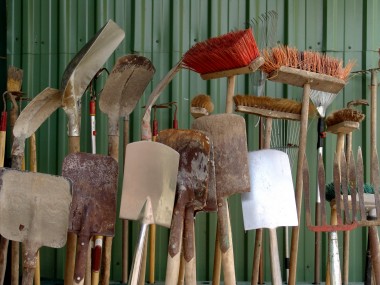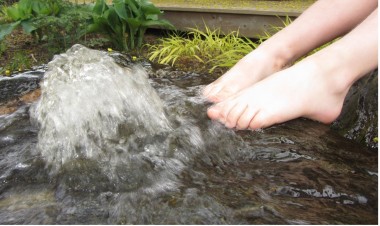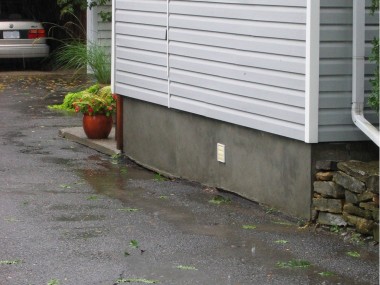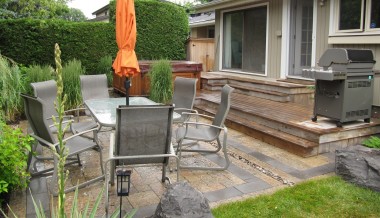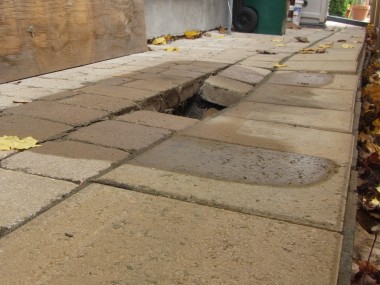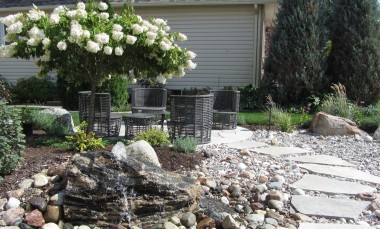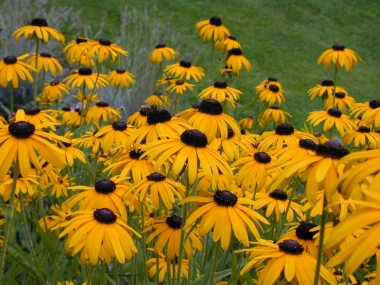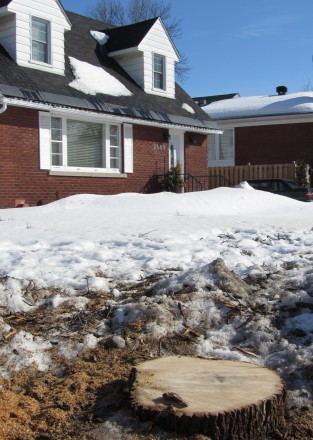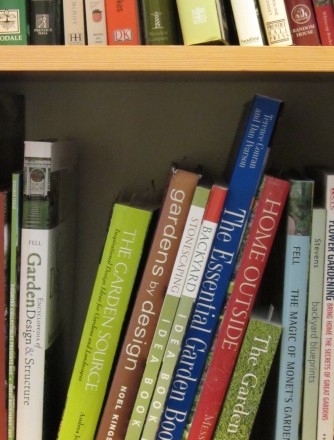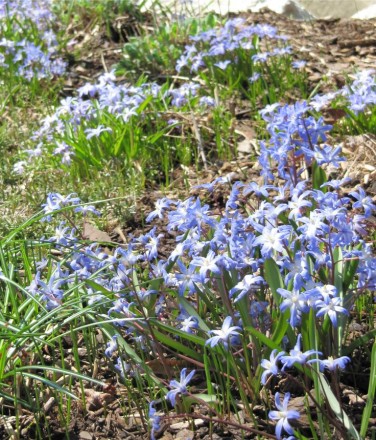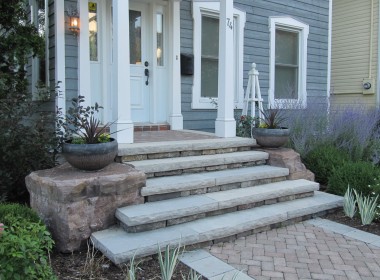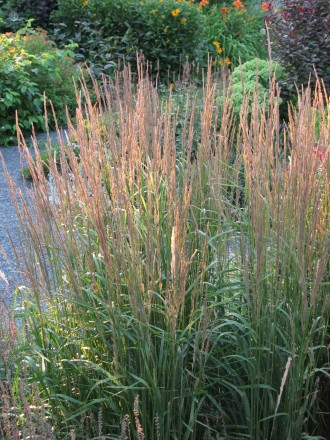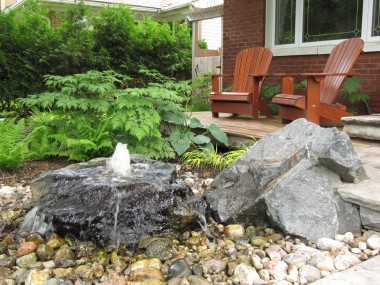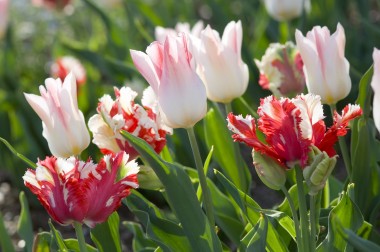By Jay Ladell
Are you ready to put an immediate end to winter? By now we crave the warmth and the signs of spring: melting snow, longer daylight and the returning birds. These signs tell Ottawa homeowners that it’s time to get out in their yard or garden.
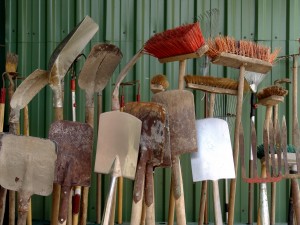 Once you get out and look at your property, you’ll see that it’s also time to start tackling yard and garden maintenance. It pays to tackle jobs in both early spring and in mid-spring. The benefits of being proactive are numerous: you will be out before the mosquitoes, it will be easier to spot problems, you will save time by getting ahead of things, plus your garden will be more robust and your plants healthier. Even better, you will complete the work before it gets hot.
Once you get out and look at your property, you’ll see that it’s also time to start tackling yard and garden maintenance. It pays to tackle jobs in both early spring and in mid-spring. The benefits of being proactive are numerous: you will be out before the mosquitoes, it will be easier to spot problems, you will save time by getting ahead of things, plus your garden will be more robust and your plants healthier. Even better, you will complete the work before it gets hot.
Late Winter/Early Spring
Prune Summer-Flowering Shrubs and Young Trees
- Pruning trees and summer-blooming shrubs now improves plants’ health, shape and flowering
- Before pruning shrubs and trees, take 30 minutes to read up on techniques and how to make a proper cut. Your plants will thank you.
- Start by pruning out dead branches (scratch under the bark, if soft or green it is living)
- Limit pruning to less that 25% of the total living branches, remove crossing branches and diseased/damaged wood then prune for structure
- For young shade trees, the aim is to remove competing vertical branches to create one clear leader, then to prune out or shorten branches that attach the trunk at a sharp V angle. Proper pruning while the tree is young will often double the life of the tree.
- Wear safety glasses and gloves while working. Prune only what you can safely do, hire a professional for work around wires and for what you can’t properly reach.
- Disinfect pruning shears between cuts to avoid the spread of disease
- Shrubs pruned while dormant include: Burning Bush, Butterfly Bush, Dogwood, Fothergilla, Hydrangea, Potentilla, Rose, Rose of Sharon, Smoke Bush, Spirea (some), Summersweet, Winterberry
Prune Middle-Aged and Mature Trees
- Hire a certified arborist every 2 to 5 years to prune out dead branches and maintain healthy tree structure. For most trees, pruning is best done while the plant is dormant.
Cut Down Perennials & Grasses
- Cut yellow or brown stems on ornamental grasses down to four inches before they start growing (some grasses stay green over winter, do not cut these, just comb them with your hand to remove dead stems).
- Cut down to the ground any dead perennial growth not removed in the fall
Prepare the Beds
- Remove any plant wrapping or covers after the cold weather has passed and the ground begins to thaw
- Get ahead of the weeds and start removing them early – often they leaf out before garden plants so they are easier to spot. Dig out the roots, don’t just pull off leaves.
- Remove uninvited saplings such as Manitoba Maple
Divide Perennials and Ornamental Grasses
- Before plants have begun spring growth is a good time to divide many perennials. Share some divisions with your friends this year.
Look for Damage/Plan Repairs
- Check for water trapped next to house foundations as the snow melts or during spring rains, especially around downspouts
- Check for landscaping damage caused by salt and ice: disintegrated pavers or concrete, loose mortar, broken flagstone, cracks in concrete and asphalt, etc.
- Check for snowplow damage
- Re-stake trees with a bamboo pole and remove them at the end of the growing season.
- Wrap flopped evergreens with netting to restore form
- Move melting piles of snow next to your home that could cause water damage when it melts.
Mid-to-Late Spring Maintenance
Planting Perennials and Annuals
- Because our long winter this year, we will have a slower transition to springtime weather. The deeper than usual frost line may delay the date when it is safe to plant perennials and annuals.
Prune Trees and Shrubs that Bloom in Mid-Spring
- Prune spring-flowering shrubs and small trees after they bloom using the same methods listed above
Prepare the Beds
- Top-up the layer of mulch over the soil surface to a depth of 1½ to 2 inches – I prefer composted pine or cedar mulch. This will prevent weeds and to retain moisture in summer.
- Remove spent blossoms from spring-flowering bulbs; let foliage die back without removing it.
- Stay ahead of those weeds and keep digging out any new ones
Look for Damage/Plan Repairs
- Check to see what plants did not survive the winter and make a list of what needs to be replaced, possibly with a more suitable choice
- Check for issues with frost: heaving of paved areas, uneven landscaping walls, heaved posts, etc.
Prepare Water Features
- Clean-out leaves and other debris from water features and river stone areas
- Empty water features and clean-out, add fresh water and re-install pump
- When re-introducing fish to a pond, make sure to dechlorinate the water and acclimatize the fish to the pond temperature
By completing these tasks in spring you will reap the benefits of less work later so you can enjoying your garden throughout the summer.
Article originally published in the O.S.C.A.R. newspaper

